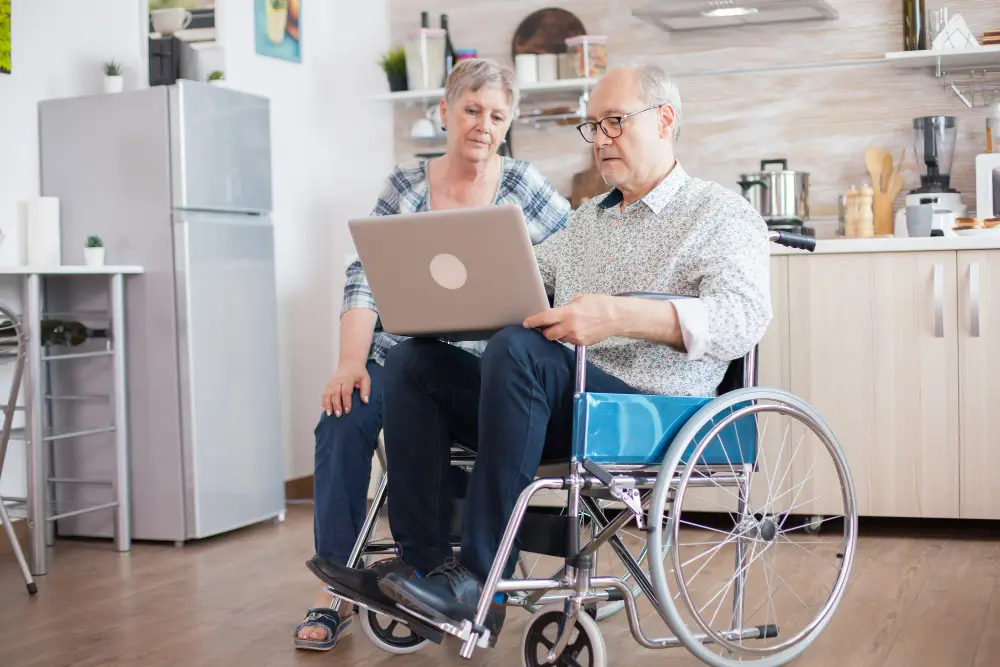7 Smart Home Upgrades That Make Life Easier and Safer
In a world that increasingly relies on technology, the concept of the “smart home” has quickly evolved from futuristic fantasy to practical reality. What was once reserved for tech enthusiasts has now become a vital part of everyday life for families, seniors, busy professionals, and individuals with mobility or health challenges.
Smart home upgrades aren’t just about convenience — they’re about creating a living space that works with you. From reducing energy waste to improving security and making your home more accessible, these technologies can genuinely enhance your quality of life.
Here are seven smart home upgrades that offer both ease and safety in your day-to-day routine.
1. Smart Voice Assistants
Voice-controlled devices like Amazon Alexa, Google Assistant, and Apple Siri have quickly become central hubs for managing smart homes. They respond to simple voice commands and can control multiple devices throughout the house, from lighting and music to alarms and heating.
For individuals with mobility issues or visual impairments, voice assistants provide a hands-free way to interact with everyday technology. You can create routines, set reminders, call for help, or even control your television just by speaking. They’re particularly useful for seniors or those with disabilities who may find traditional controls challenging.
Moreover, these assistants are constantly improving, offering new skills and integrations to make daily living even more seamless.
2. Smart Lighting Systems
Lighting plays a huge role in both the comfort and safety of your home. Smart lighting systems allow you to automate your lights, adjust brightness and colour, and control them remotely using an app or voice commands.
With smart lighting, you can:
- Set schedules so lights turn on or off at specific times
- Create lighting scenes for reading, relaxing, or waking up
- Use motion sensors so lights turn on when you enter a room — particularly helpful at night or for anyone with reduced mobility
Beyond convenience, smart lighting can reduce energy costs and make your home look occupied even when you’re away, deterring potential intruders.
3. Smart Door Locks
Smart locks provide a secure and keyless way to enter your home. They can be operated via smartphone apps, keypads, or even fingerprint scanners.
This upgrade is ideal for families with kids, seniors, or anyone who wants to avoid the hassle of lost keys. You can grant access to specific people — such as family members, cleaners, or caregivers — and receive notifications whenever someone locks or unlocks the door.
Many smart locks also integrate with video doorbells or home security systems, offering even greater peace of mind.
4. Smart Security Cameras and Doorbells
Smart home security systems have come a long way in recent years. Today’s wireless cameras and video doorbells provide real-time alerts, two-way communication, motion detection, and HD video monitoring — all accessible from your smartphone.
These devices allow you to see who is at your door before answering, speak with visitors remotely, and monitor activity around your home even when you’re on holiday or at work.
The added layer of security not only protects your property but also offers reassurance for families caring for elderly parents or children at home.
5. Smart Thermostats
Comfort and energy efficiency go hand in hand with smart thermostats. Devices like the Google Nest or Ecobee learn your daily habits and adjust your home’s temperature accordingly, helping you save on energy bills while keeping your living space comfortable.
You can control the temperature remotely using your phone, set automatic schedules, or even use voice commands to adjust heating and cooling. For households with varied routines or for people with limited mobility, this feature adds both convenience and cost savings.
Additionally, some smart thermostats provide real-time insights into your energy usage, allowing you to make smarter environmental choices.
6. Smart Smoke and Carbon Monoxide Detectors
Safety is a top priority in any home, and smart detectors take it to the next level. These devices not only sound an alarm when they detect smoke or carbon monoxide but also send instant alerts to your smartphone, wherever you are.
This can be life-saving, especially if a fire or gas leak occurs when you’re not home. You can also check battery levels and device status remotely, ensuring that your home is always protected.
Some smart detectors integrate with lighting systems to flash lights during an emergency, which can help wake sleeping residents or alert those with hearing impairments.
7. Smart Plugs and Motion Sensors
Smart plugs give you remote control over everyday appliances, such as lamps, coffee machines, heaters, or televisions. You can schedule them to turn on or off at specific times or control them with your voice or phone.
Motion sensors, when connected to smart lighting or alarms, automatically respond to movement in your home. This not only boosts convenience but also enhances security and helps reduce the risk of falls in dimly lit areas.
These small, affordable upgrades can make a big impact on your daily routine, especially for older adults or people with limited mobility who benefit from automation and hands-free control.
Final Thoughts
Smart home technology isn’t just about high-tech gadgets — it’s about creating a space that adapts to your needs, simplifies your routines, and enhances safety. Whether you’re caring for an aging loved one, striving for a more energy-efficient lifestyle, or simply looking to make your home more comfortable, smart upgrades are a worthy investment.
You don’t have to do everything at once. Start with one or two upgrades that align with your lifestyle and build from there. The future of home living is here — and it’s smarter, safer, and more connected than ever.
